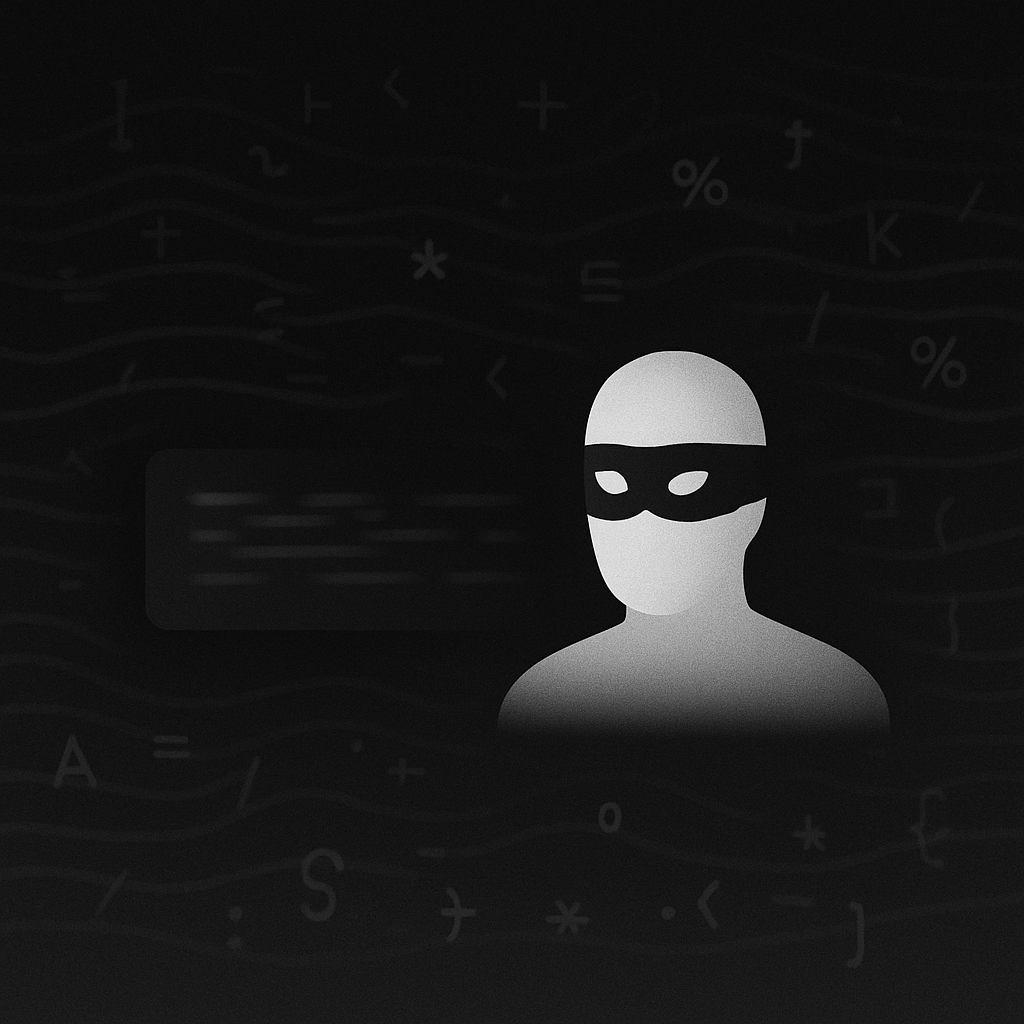The terms “Incognito mode” and “privacy browser” often surface in discussions about securing digital activities. However, while both tools offer privacy features, they are not synonymous. Understanding the distinction between Incognito mode and using a dedicated privacy browser like Incognito Browser is crucial for users seeking the utmost protection in their digital lives.
Incognito Mode: A Temporary Veil
Incognito mode, available in most conventional web browsers, offers a temporary session that doesn’t save your browsing history, cookies, or site data once the window is closed. It’s a quick fix for hiding your browsing activities from other users on the same device. While it might shield your history from prying eyes on your device, Incognito mode does little beyond this surface-level privacy.
Privacy Browsers: Fortresses of Digital Privacy
Privacy browsers, on the other hand, are engineered from the ground up with privacy and security as foundational elements. Incognito Browser, for example, provides a comprehensive suite of privacy-preserving features far beyond the capabilities of standard Incognito mode:
- Ad and Tracker Blocking: Unlike Incognito mode, which does not inherently block ads or trackers, privacy browsers like Incognito Browser are equipped with built-in ad blockers and tracker prevention mechanisms. These features ensure that users can enjoy a browsing experience free from unsolicited ads and invisible trackers attempting to profile their online behavior.
- Enhanced Privacy Features: Privacy browsers offer a plethora of privacy-enhancing settings and options. Incognito Browser, for instance, includes Agent Cloaking to obscure your browser’s user agent, making it significantly harder for websites to track your internet behavior. This is a level of privacy Incognito mode alone cannot offer.
- Data Protection: Privacy browsers are designed to minimize data leakage. With Incognito Browser, your browsing data — history, cookies, sessions — is automatically erased when you exit the app. This comprehensive approach to data protection ensures a minimal digital footprint.
Incognito Mode vs. Privacy Browser: The Verdict
While Incognito mode provides a basic level of privacy suitable for temporary use, it does not match the depth of protection offered by a privacy browser. Incognito mode’s limitations become apparent when compared with the robust privacy controls and features of a dedicated privacy browser like Incognito Browser.
In essence, using Incognito mode is akin to putting up a curtain for privacy, while employing a privacy browser like Incognito Browser is more like fortifying your digital space with a solid wall. For those serious about their online privacy and seeking a browser that protects personal data with a suite of sophisticated tools, turning to a privacy-focused web browser is the clear choice.
Conclusion
Is Incognito mode the same as using a privacy browser? The answer is no. For users who prioritize their digital privacy and seek comprehensive solutions to protect their online activities, privacy browsers like Incognito Browser offer a superior alternative to the temporary veil of Incognito mode. With advanced features designed to safeguard users from ads, trackers, and other digital threats, privacy browsers stand as the guardians of online privacy in an increasingly surveilled digital landscape.



